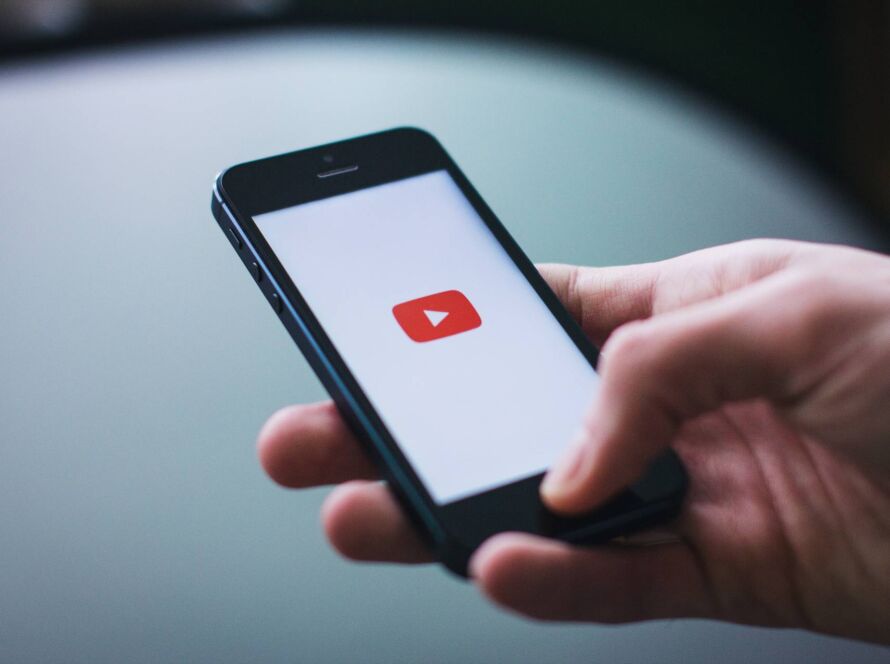Street racers might have powerful engines under the hood, but they know that they must convert that power to forward motion or they are just spinning their wheels. It’s all about traction, and it’s the same in business.
Let’s assume you have a great product, the powerful engine that will drive your success. It’s one that fills a need like Stripe did by providing a way to accept payments online or one that inspires a want like the craft beer industry that sold $22 billion worth of brew in 2015.
If that assumption is wrong, then it’s back to the drawing board for you, starting with an article like this one. If it’s correct, then here’s how to stop spinning your wheels and start making forward progress.
The focus here is on growing your user base quickly on the kind of budget most startups have – that is, a limited budget that must be invested wisely.
-
Hustle
“Really,” some of you are saying, “He’s going with that first?” Watch this Gary Vaynerchuk video before telling me this isn’t the starting and sustaining principle that will drive your success. “Every minute that you can apply to your game, you need to,” Gary says. He’s lived it in a string of successful startups and to the tune of $160 million net worth that is growing rapidly.
Vaynerchuk (@garyvee on Twitter) says, “I think that people like to claim that they work hard and smart, but they’re not putting in the work. And they work 9 to 6. It’s just not enough.”
What does hustle look like?
-
Personally Recruit Users, Followers, and Customers
Stripe has a valuation of $9.2 billion. For years, and to this day when necessary, the Collison brothers physically set up Stripe for anyone they met who wanted the ability to accept online payments. “I’ll send you a link, and you can call me if you have questions” wasn’t an option. “Give me your laptop, we’ll get you started right now,” was/is their M.O.
What that means for you is:
- Download your app or set up an account with your company on anyone’s device that will take it.
- Invite them to follow your business on social media on the spot using their phone, and then hand them a coupon code or a useful, branded promotional product.
- Sell your products and services person-to-person, and do it with enthusiasm because you believe in what you’re offering.
- Invite customers to provide a quick Google or Yelp review on your store’s computer or via their phone while they’re still in your establishment, or on your website immediately following checkout, and reward them for doing so.
- Recruit recruiters by generously doling out referral rewards, affiliate rewards, “like” rewards, and rewards for other word-of-mouth promotion that can be quantified.
Y Combinator’s Paul Graham says that those who resist personal recruitment either suffer from a combination of “shyness and laziness” or “the absolute numbers seem so small at first.”
Gary Vaynerchuk has dispelled the first excuse. Graham tackled the second in the same article by showing that 100 users can grow to 2 million users in two years with 10 percent per week growth, from 100 to 110 to 121 to 133 … to 2,000,000. Most companies won’t experience this level of growth. But some will. Why not yours? Hustle!
We’ve covered the essential attitude needed to get traction and a first action, the type of which will produce success.
Let’s pick up the pace.
-
Get Influencers Enthused
We mentioned recruiting recruiters. Influence marketing is a proven way to do this. “Influencers have a huge impact on the purchase decisions of the public,” says Shane Barker, digital marketing consultant to Fortune 500 companies. If you can attract big-name influencers as fans of your product, you will see significant sales growth. But don’t overlook what Barker calls “micro-influencers,” users without the name recognition but with something most celebrity endorsers don’t have – expertise and authority in the niche in which you’re operating.
Because of their position, consumers view their recommendations as authentic. A handful of micro-influencers might have more positive impact on the growth of your business than one top influencer. The bottom line according to Barker is that, “Micro-influencers offer startups and smaller brands a cost-effective alternative to influencer marketing.” Get your products directly to them or make them aware of your products through direct contact via social media, email, or a phone call.
-
Deliver Authoritative and Useful Content
Having a blog or vlog isn’t enough. Every serious business has one. Using that platform to provide value to your readers or watchers is the key to gaining their trust and winning their business. Educate your readers, and if you can do that in a way that also inspires and delights, many will convert to customers.
Implementing these five content marketing tips will make you a respected authority in your niche.
-
Know your industry thoroughly
. Readers crave knowledge on the topic they’re searching. You cannot pass on what you do not possess. Therefore, study your industry until you have mastered its depth and breadth. Discuss major trends, product types, options, and strategies within your industry. You should demonstrate familiarity with the major brands, especially your competitors and what they offer. Present competing brands in a positive or neutral way – trashing the competition doesn’t sit well with readers/watchers. Discuss the problems your product is designed to solve or the desires it is meant to fulfill, and explain how it does what it is advertised to do. Paint a picture of the need or desire being met by what you offer, and do it in a straightforward, accurate way devoid of hype.
-
Give how-to advice related to your industry.
If you sell cosmetics, produce content on applying makeup to achieve the look you want. Those in fashion should discuss choosing colors perfect for each skin tone. Give basic investment strategies, if that’s your niche. You get the point. Your reader should benefit when on your site, reading your email content or following you on social media.
-
Understand SEO or pay someone who does.
Successfully optimizing the content on your site is a blog post of its own, but it’s sufficient to say that if you don’t have expertise, hire people that know how to draw traffic to your site. Understand when SEO should drive marketing and when other strategies are a better choice, and then utilize both approaches when appropriate.
-
Communicate like a pro or hire someone who does.
Like SEO, this part of the equation must be high in quality whether you are a native speaker of your target audience or not. Poor language skills and bad grammar are red flags signaling you can’t be trusted as an authority. That’s harsh, but that’s how many readers see it. You want your content to sound like it comes either from an intelligent native speaker or a non-native speaker who has mastered the language. That doesn’t mean you talk over people’s heads. The best communicators find a way to express concepts whether simple or complex in a clear, natural and grammatically correct way – or they pay for the services of someone who can. There’s nothing wrong with putting your name to the content you purchase; it’s yours, after all.
-
Ask for their business, for a share or a link.
This is often termed the “call to action”. If you don’t have the courage to ask your readers and/or viewers to buy/try your goods and services, what does that say about your opinion of your products? This doesn’t have to be a hard sell, and it shouldn’t. “You’re missing out and your life will be miserable if you don’t buy what we’re selling” won’t get you very far. Something like, “Will you try our products and give us your opinion about them?” is an approach consumers are responsive to when they’re already interested enough in your goods and services to be reading about them.
- We like to include near the end of posts an encouragement to pass along the information, something like, “If these tips have been helpful to you, will you pass along the benefits to your friends and followers?” Of course, social medial share buttons should be right there for them to click. Finally, micro-influencers and macro-influencers might be reading your posts. Ask them to post a link, and be willing to reciprocate. These tips will make your influencer marketing hum.
-
Partner with Complementary Brands
The bigger your partner, the better, but partnering with another startup is a good start. Feature each other’s products on your website or blog or in your store. Sponsor an event together. Engage in co-branding as Red Bull and GoPro (among many duos) have done. Integrate one another’s apps, as Uber has done with TripAdvisor, Hyatt Hotels, Expensify, and Starbucks. These are a few examples. Be creative, bold, and resourceful in making partnership connections.
-
Make Effective Use of Social Media Channel
Each one is different. This cheat sheet gives you the essentials for success for all major channels.
-
Test Your Efforts for Results
If you need a marketing company to help with this piece of the puzzle, it might be money well spent. According to Steve Olenski, you should be analyzing:
- Who your visitors are and what their engagement level is with your site
- Sent email opens and conversions
- Social media engagement with your products
- Why customers converted and why former customers unsubscribed or disengaged
Watch the Vaynerchuk Video Until You Own It
If every post on marketing you read provided one great takeaway that you put into practice, you’d succeed. We just gave you seven.
The first on this list provides the foundation. The rest are the building blocks. Now,do what Walt Disney recommended, “The best way to get started is to stop talking and begin doing.” And hustle!






